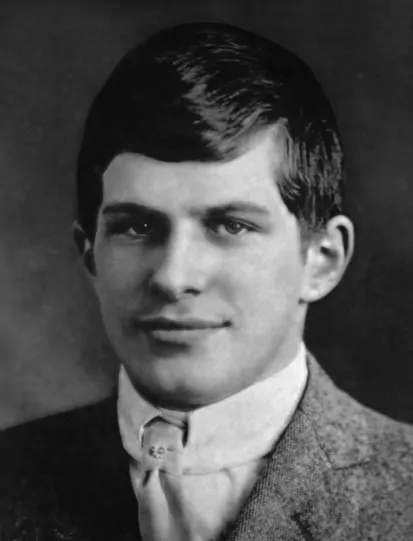William James Sidis was one of the most astounding geniuses of the twentieth century, with potential even greater than the great scientists we know. His story, however, demonstrates how a high IQ is not a sufficient element to guarantee a human being the achievement of a happy life.
The sad story of the “MOST INTELLIGENT MAN IN THE WORLD”
# A family hungry for opportunities
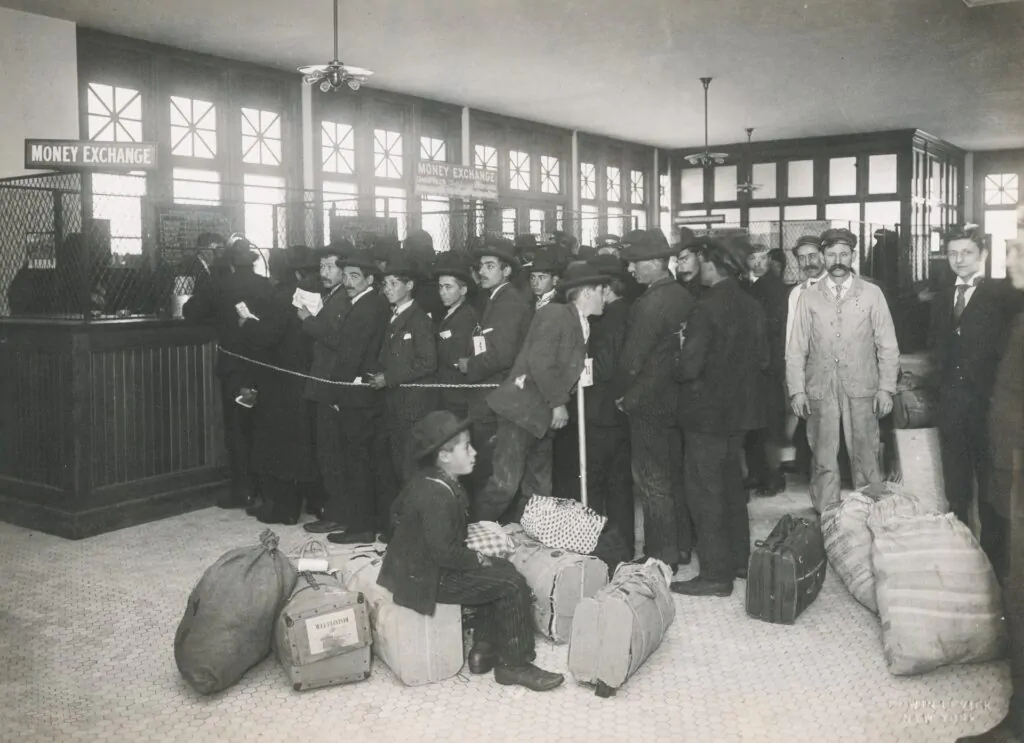
Boris Sidis and his wife Sarah, originally from Ukraine, arrived in the United States in 1887 to escape the persecution suffered at home for political and religious reasons, both of which were jailed.
In the United States, the couple found considerable opportunities to establish themselves. Boris successfully studied medicine at Harvard specializing in psychology and psychiatry, cultivating a passion for political activism and languages, soon becoming famous for his work with hypnosis and his study of mental disorders.
Sarah studied medicine at Boston University, graduating in 1897, a rarity for a woman of the time. She discontinued her profession at the time of the birth of her son, who was named after her father’s mentor at Harvard, William James.
The importance that parents gave to education for themselves is fundamental to understanding the impact of the educational path they built for their child.
# The childhood of the child prodigy: 8 foreign languages learned by the age of 8
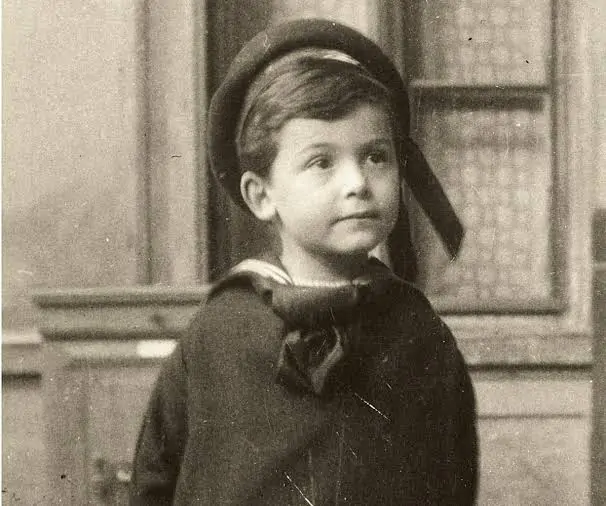
William James Sidis was born in New York in 1898 and was immediately involved in a very stringent educational process devised by his parents: the mother left her medical apprenticeship to follow her son full time and the father put into practice his psychological studies to exploit at most the cognitive abilities of a young brain.
The ability to recognize the letters of the alphabet within the year of life led him to be considered a child prodigy at 18 months.
In fact, at that age the child was already able to read the New York Times and at the age of 2 he already knew how to use the typewriter that he used to write a treatise on anatomy at the age of 5. William also demonstrated remarkable skills with languages, coming to know Latin, Greek, French, Russian, German, Hebrew, Turkish and Armenian and to invent a language, Vendergood, within 8 years. The learning path was exceptional and a source of pride for the parents, but above all for the father who used the progress of his son to make his way in the academic world to the sound of publications on the methodologies applied to the son.
# At 11 he enters Harvard, graduates at 16
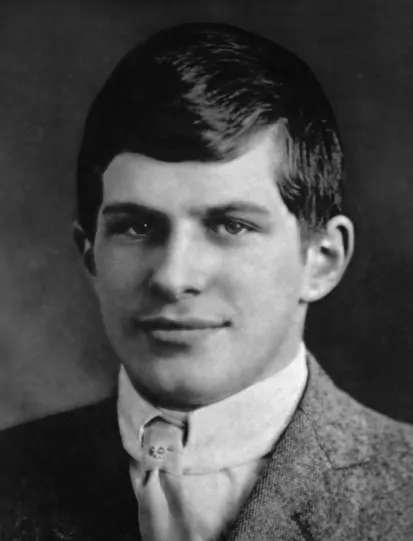
The parents, eager for records, tried to enroll William James at Harvard University as early as 9, but the request was not accepted because the child was evidently too young, but above all emotionally immature for that context.
In order not to waste time, the child was placed at Tufts College where he spent much of his time looking for errors in the books of mathematics and in Einstein’s theory of relativity.
Finally, at the age of 11, his parents managed to get him admitted to Harvard, starting a brilliant academic path, so much so that he was compared by representatives of MIT in Boston to Karl Friedrich Gauss, foreseeing for him a future as one of the greatest mathematicians of the time.
William, aged 16, graduated with honors in Mathematics from one of the best universities in the world.
# Building a genius: the highest IQ in history
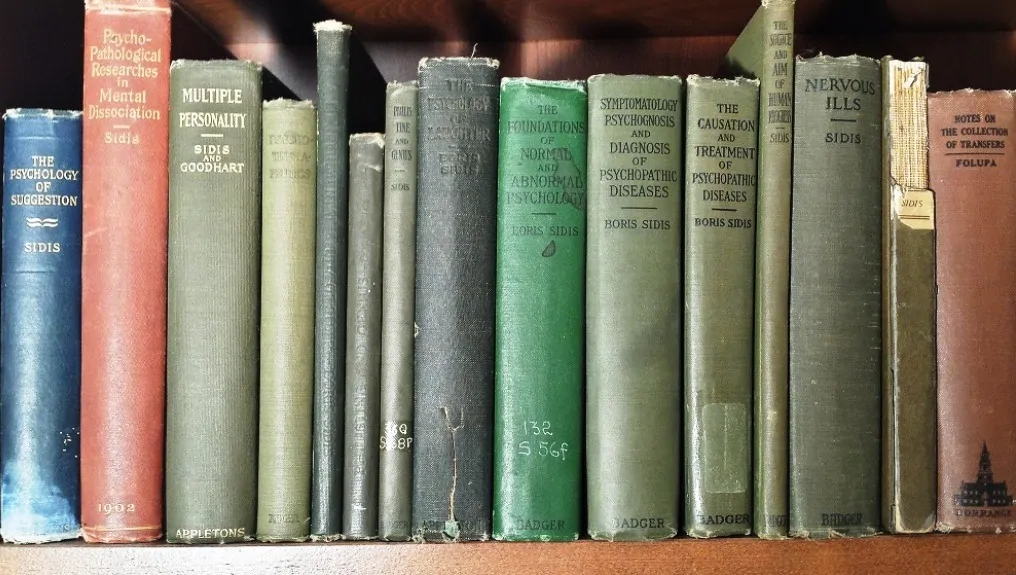
Young William’s life ran smoothly as long as he remained in the protected environment of his home and his parents. As soon as he had to start dealing with new groups of people in the outside world, he revealed all the limits of education that Boris and Sarah Sidis imposed on their son.
At the end of the 19th century, the skills in developmental psychology were still very scarce and the parents embraced the current of thought defined as “behaviorism”, based on the idea that a child is totally malleable and has an unlimited ability to learn, in contrast to and at the expense of affective and relational component.
This allowed William to develop great logical skills which led him to obtain the highest score ever recorded since the IQ test has existed, equal to 254.
An impressive value when compared, for example, to the 160 of Albert Einstein and Stephen Hawking and the 148 required to access the Mensa, the organization that encompasses 2% of the most intelligent population.
But just when William began to deal with the world in a more open and free way, all the limits of psychological theories were highlighted which, in fact, were largely overcome during the 1900s.
# “I want to live the perfect life. The only way to live the perfect life is to live it in isolation. I’ve always hated crowds”
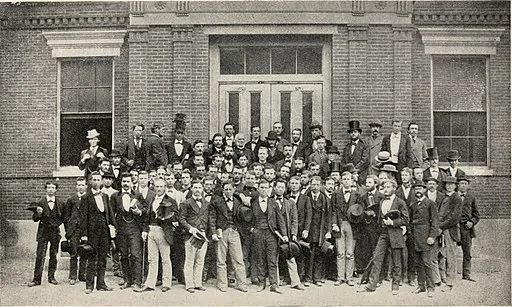
The first signs of how difficult the life of William James Sidis could become came at his debut at Harvard, when at 11 he gave a lecture at the math club leaving many bystanders puzzled who struggled to follow his reasoning about 4-dimensional bodies. Immediately the newspapers began to deal with him, even in an obsessive way, going to undermine the certainties that he had built up in the closed family environment.
University life, as a boy between 11 and 16 years, was very hard due to the isolation in which he lived, having to share most of the time with classmates who were at least twice his age and had no intention of integrating the little genius. Emblematic was the sentence he uttered in front of journalists on the day of his graduation: “I want to live the perfect life. The only way to live the perfect life is to live it in isolation. I’ve always hated the crowd ”.
After his graduation she moved to the current Rice University in Houston where he began teaching. It was another negative experience for the young William who suffered the harassment of his own students, all older than him, as well as being increasingly burdened by the burden of having to produce results up to his intelligence as requested by parents and Press.
After only 8 months he returned to Harvard to study law, but broke off a year before graduation. At the age of 20 he was even arrested for being the promoter of a socialist demonstration in Boston, receiving a sentence of 18 months in prison. Only the intervention of his father prevented him from prison as long as he “rehabilitated himself” in his psychotherapy center, probably in an attempt to bring his son’s behavior back within the established canons.
During his experience of political activism William met what was probably the love of his life, Martha Foley, albeit unrequited.
# Self-imposed oblivion
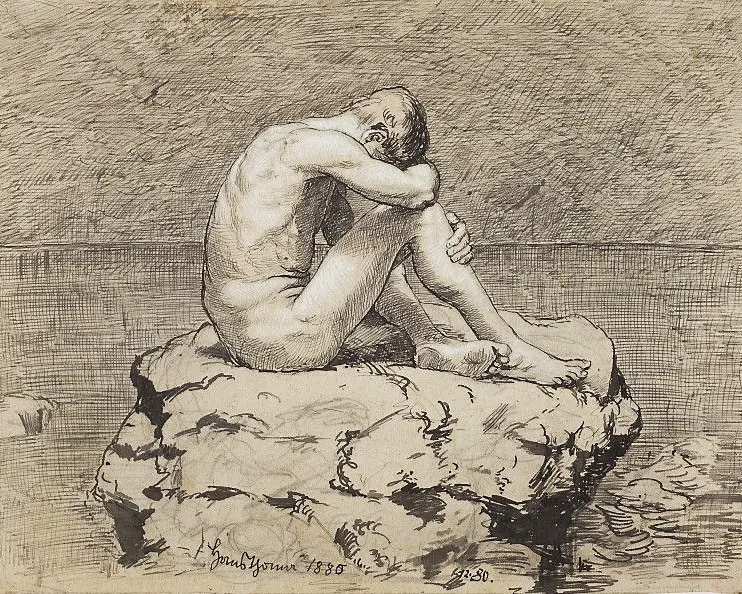
At the age of 22, in 1921, William managed to lay the foundations for his “perfect life”, away from the spotlight and the clamor, but above all from his parents. Thus he began to move from city to city, from one job to another, sometimes even changing his name and using pseudonyms to publish texts on various topics, from American history to his collection of tram tickets, to the theory of existence. of what, only 14 years later, will be defined as black holes.
Even during this period the press did not remain far from the former little genius, often depicting him negatively in the more classic passage from the stars to the stables. His isolation continued and in 1937, a new article dedicated to him gave him those sorrows he was accustomed to by now, enclosed in a statement by him: “The mere sight of a mathematical formula causes me physical pain. All I want to do is use a calculator, but they will never leave me alone. ”
William spent the last 20 years of his life trying to get away from his past, from what he had been and what others wanted him to become.
He died in 1944, aged 46, of a brain hemorrhage, just like his father a few years earlier. He still had with him the photograph of that Martha Foley he had known so many years ago, who had married another man, but which was the closest to life he really wanted for himself.
ALESSANDRO VIDALI


